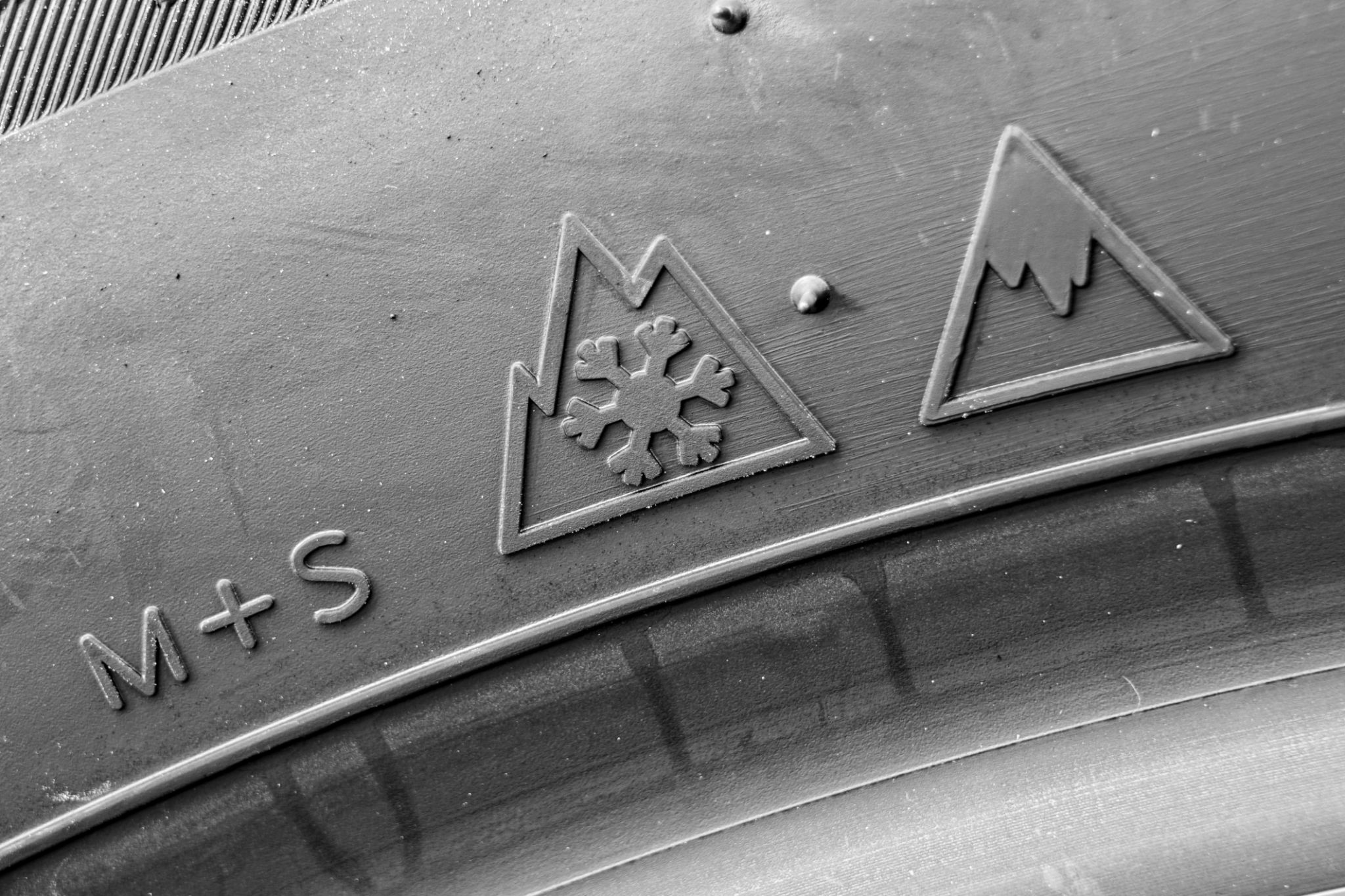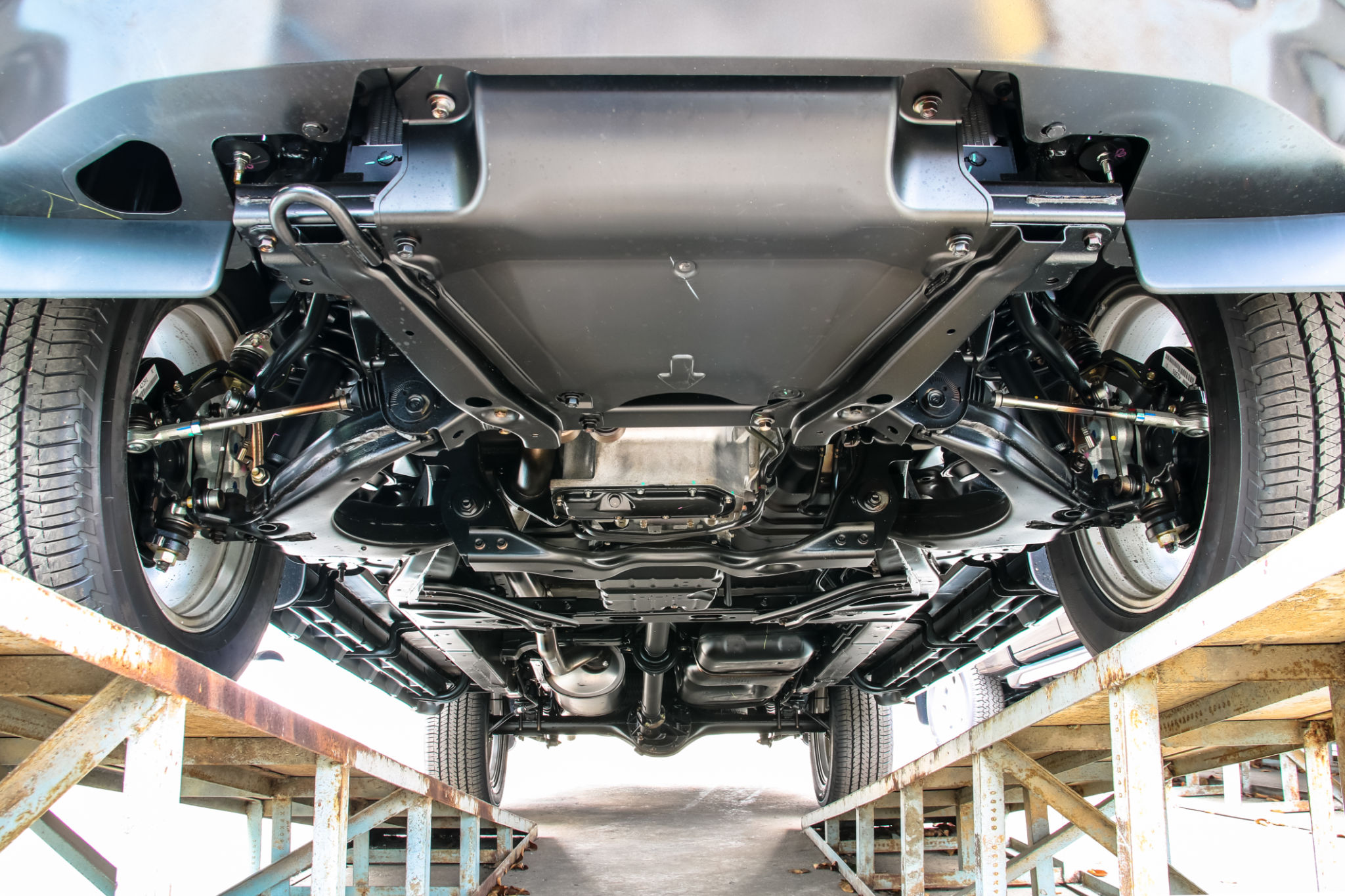How to Choose the Right Wheels and Tires for Canadian Winters
Understanding the Importance of Winter Tires
As the temperature drops and snow begins to blanket the Canadian landscape, many drivers face the challenge of navigating winter roads. Choosing the right wheels and tires for your vehicle is crucial for ensuring safety and performance during these harsh months. Winter tires, also known as snow tires, provide better traction, handling, and braking performance on snow and ice than all-season tires.

Key Features of Winter Tires
Winter tires are specifically designed to handle cold weather conditions. They are made from a softer rubber compound that remains flexible in lower temperatures, allowing better grip on icy roads. Additionally, they feature deeper tread patterns and specialized sipes to enhance traction and reduce the risk of hydroplaning.
Choosing the Right Tire Size
The size of your winter tires is crucial for optimal performance. It’s essential to select a size that matches the specifications recommended by your vehicle’s manufacturer. Using the wrong size can affect the handling and may pose safety risks. To find out the right size, check your vehicle’s owner manual or the placard on the driver’s side door.

All-Wheel Drive vs. Winter Tires
Many drivers believe that having an all-wheel-drive (AWD) vehicle negates the need for winter tires. While AWD can help with acceleration in slippery conditions, it doesn’t improve stopping distances or cornering grip. Winter tires are specifically crafted to enhance safety in winter conditions, making them an essential addition to any vehicle regardless of its drive type.
Selecting Wheels for Winter
When preparing for winter driving, it’s not just about the tires – wheels play a significant role too. Steel wheels are often recommended for winter use because they are more resistant to corrosion from salt and slush compared to alloy wheels. They may not be as aesthetically pleasing, but their durability in harsh conditions makes them a practical choice.

Maintaining Your Winter Wheels and Tires
Proper maintenance of your winter wheels and tires is vital to ensure longevity and performance. Regularly check tire pressure, as it can drop with falling temperatures, affecting traction. Also, inspect your tires for any damage or uneven wear, which can compromise safety. Rotating your tires every 8,000 to 10,000 kilometers helps maintain even wear and prolongs their lifespan.
Budget Considerations
Investing in winter tires and wheels can be costly, but it is a worthwhile expense for safety and peace of mind. Consider setting aside a budget specifically for winter tire purchases or explore financing options offered by tire retailers. Some provinces even offer rebates or incentives for purchasing winter tires, which can ease the financial burden.

Conclusion: Safety First
In conclusion, choosing the right wheels and tires for Canadian winters involves considering various factors such as tire size, material, and maintenance needs. By prioritizing these elements, you can ensure safer travel and better handling during the challenging winter months. Remember, investing in quality winter tires not only protects you and your passengers but also enhances your overall driving experience.